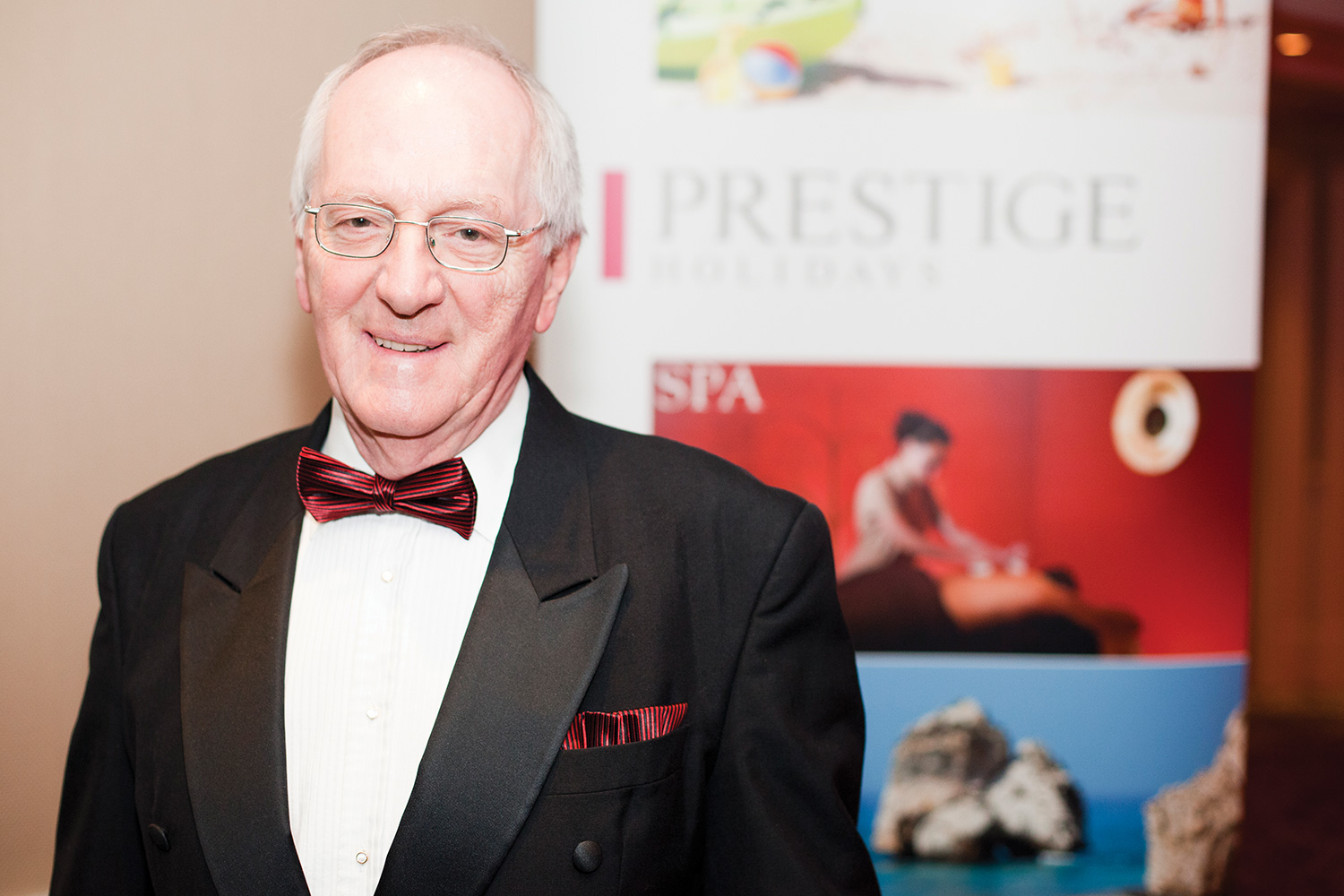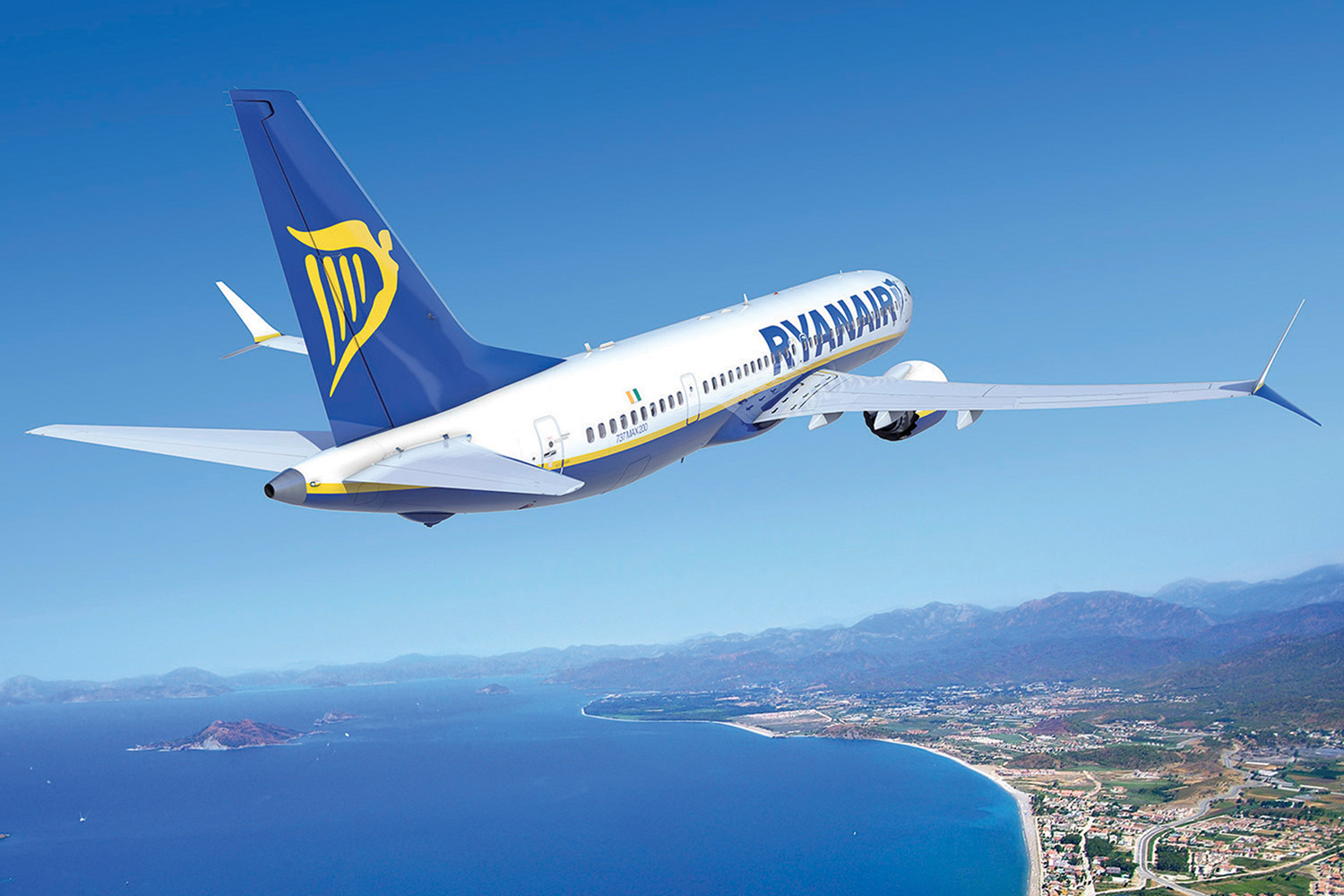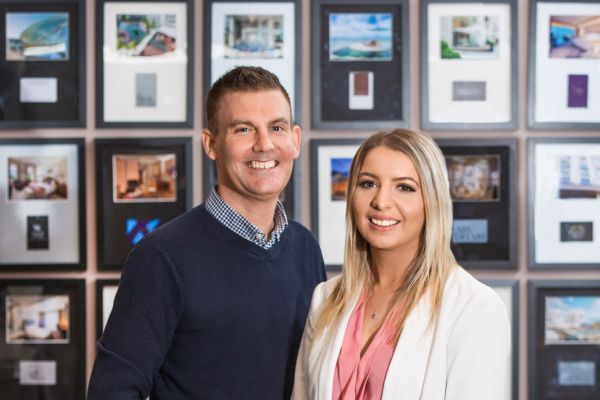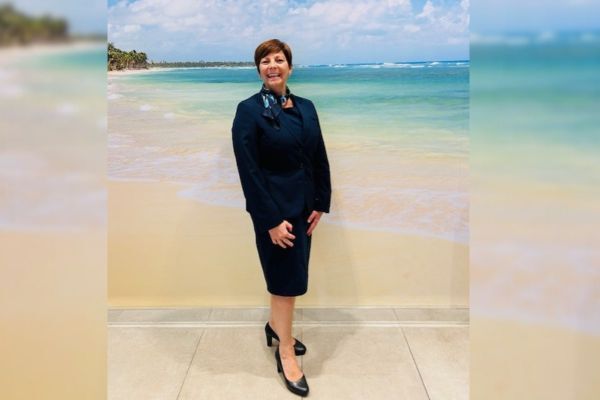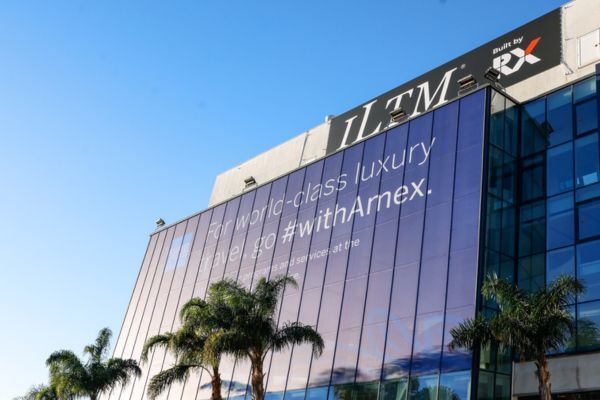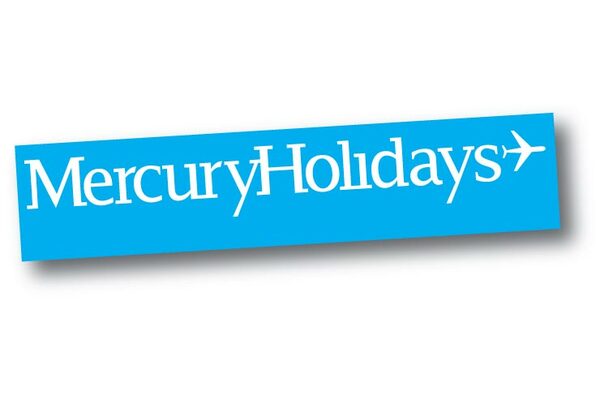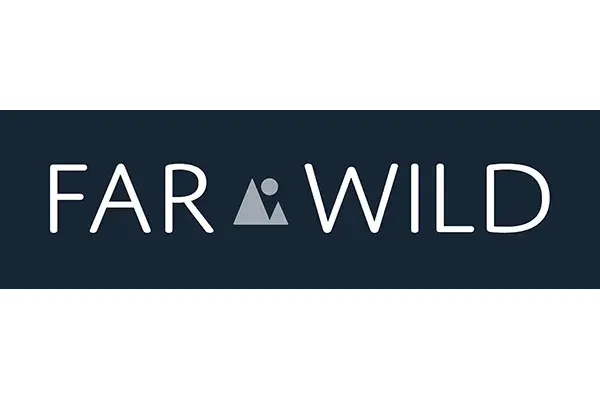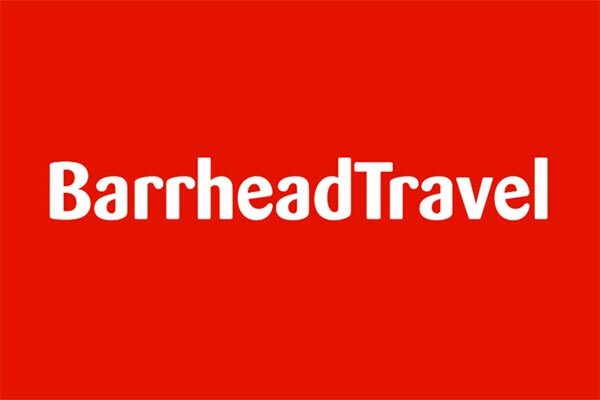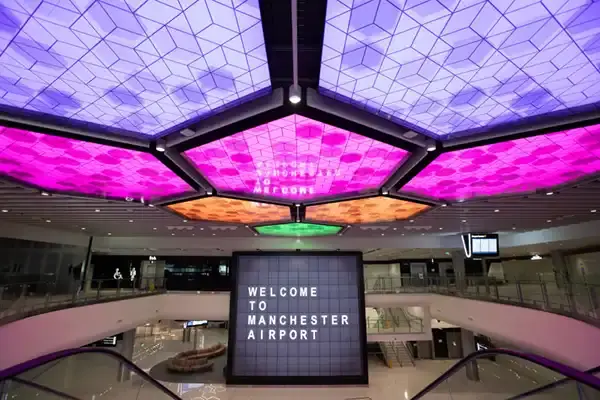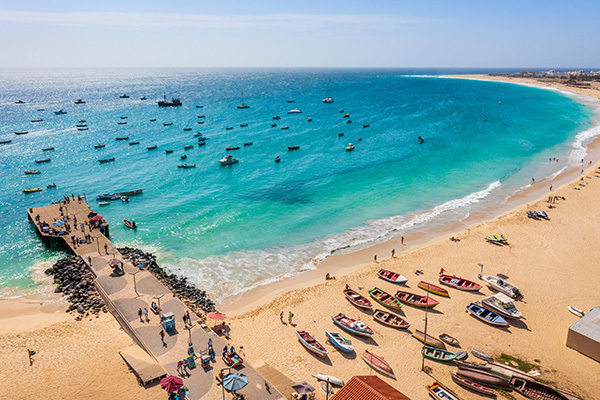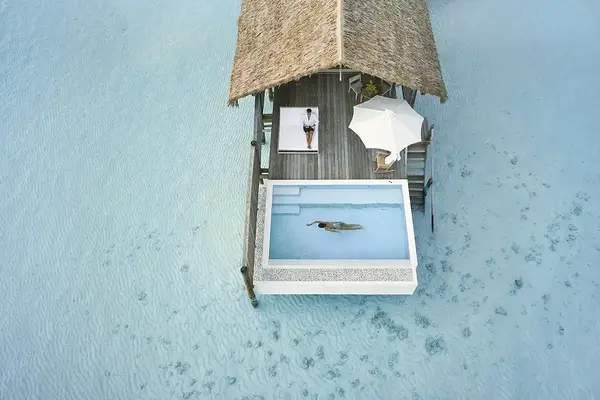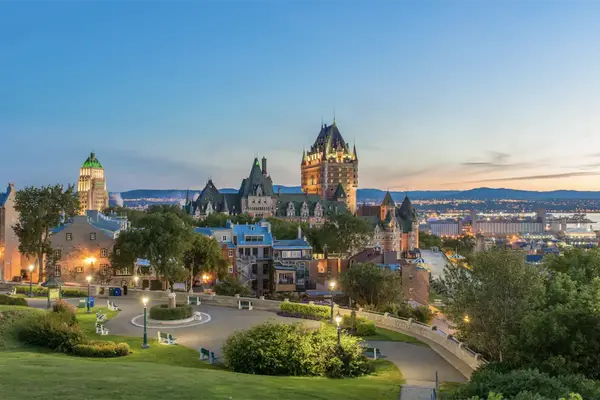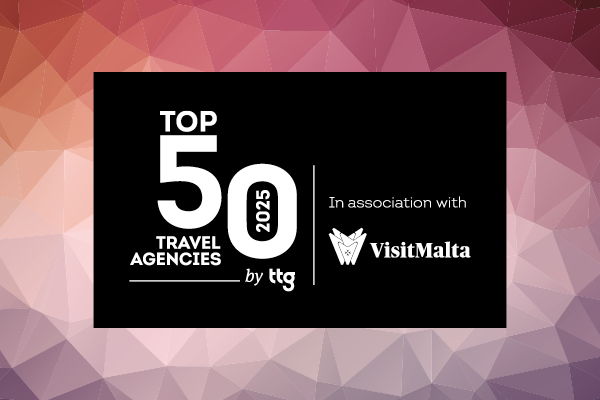Interview: Kenny Jacobs on raising Ryanair's game
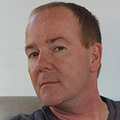 Gary Noakes
Gary NoakesThe divisive airline’s chief marketing officer is taking it in a range of new directions. He explains his strategic thinking to Gary Noakes
Some would say Kenny Jacobs has the hardest job in marketing, some the easiest. Jacobs became Ryanair’s chief marketing officer at the end of January, tasked with improving the image of the most budget of European budget airlines.
To many, this is indeed a mighty challenge, but then again Jacobs can almost do no wrong - surely anything he does to make Ryanair more customer-friendly will be seen as an improvement.
The cheery career marketer - previous roles have included Moneysupermarket.com and Tesco - meets me at Gatwick direct from a flight after speaking to the German media. He has flown back from Berlin on Norwegian Air Shuttle to check out its inflight product.
That anyone from Ryanair is checking out the competition is a sign things have changed. The cynic will say that Ryanair has to change - rather than wants to - because its rivals offer more and, like Norwegian and easyJet, have an abundance of aircraft orders that will intensify competition in the near future.
Moreover, carriers such as Lufthansa and Air France are building no-frills subsidiaries, and even British Airways offers a cabin bag-only fare.
No wonder Ryanair needs Jacobs to up its game. His task is to put the airline in the same light as Aldi and Lidl. “They have grown at something like 30% in the UK in the past five years and people have stopped referring to them as German discounters,” he says.
Instant results
Since arriving, Jacobs has taken Ryanair upmarket via a website redesign and advertising campaign, and introduced a package to attract business travellers, including fares on global distribution systems - Ryanair goes live on Amadeus on November 1.
His most popular achievement, however, was getting rid of things that most upset Ryanair’s passengers, like the no-exceptions one-cabin-bag rule and the outrageous €60 fine for reprinting a boarding pass. This might still cost €15 a head, but Ryanair will argue it’s an improvement.
"We’re expecting a price war in the second half of the year, a competitive reaction to our gains"
Jacobs reels off figures to show how the results have been “almost instantaneous”, quoting August’s 93% average load factor, an increase of five percentage points.
“A lot of businesses take a look in the mirror, try to improve and the numbers dip. Ours haven’t - that gives us the confidence that we have made the right changes.”
Ryanair reveals its half-year results in early November, which are expected to show gains made by the carrier’s new cuddlier image. Jacobs warns, however, about what is to come.
“We’re expecting a price war in the second half of the year, a competitive reaction to the gains we’ve made. For example, Aer Lingus is working very hard to compete on fares.”
New competition
Ryanair’s move into primary airports is taking the battle to the legacy airlines. It hopes to attract higher yielding passengers with a business-orientated timetable - for example, the new flights from Dublin to Brussels’ main Zaventem airport, plus Madrid and Barcelona.
The other impact on the airline’s bottom line will be from extra capacity in the market, “some of it our own”, according to Jacobs. In the next 12 months, 15-20 new Boeings will enter the Ryanair fleet, with 180 coming in the next five years.
Ryanair will then introduce 200 new generation Boeing 737 MAXs in the five years after that, although some will be replacement aircraft. Norwegian has 222 aircraft on order and easyJet 170, so the battle lines are drawn.
Key destinations
Jacobs identifies Germany and Scandinavia as the key territories, adding Ryanair could “quadruple” in Germany in the next five years. He argues that the UK has 60% penetration of low-cost carriers, but Germany only 20%, with Ryanair in fourth place with a 4% share.
“Germany is a sleeping giant from a low-cost point of view,” he says. “In Scandinavia, you are seeing a battle between Norwegian and SAS on what are traditionally very high-fare routes. That can’t continue indefinitely.”
Half of Ryanair’s new capacity will involve primary airports, but Jacobs insists this is not cannibalising its own market. At Zaventem, Ryanair stations four aircraft and says the airport’s catchment extends into the Netherlands.
This, he says, means that business for Ryanair’s 14 aircraft at Brussels Charleroi is unaffected. Ditto Glasgow International, where Ryanair opened a base last month, and Glasgow Prestwick.
“There are only three airports we won’t consider - Heathrow, Frankfurt and Charles de Gaulle. It’s the slots, the commercial deal we could get and the fact that you can’t turn around an aircraft in 25 minutes. Every other airport is now a possibility.”
"We’re sat in Costa Coffee here. There could be a tie-up to make sure passengers come here instead of Starbucks"
Italy will also see more as Alitalia shrinks, despite Ryanair’s already market-leading 30% share. Madrid will be expanded and Poland as a whole is a target. The eastern Mediterranean now brings five million Ryanair customers where there were none four years ago and Jacobs is keen on increasing this.
If Ryanair’s bid for Cyprus Airways fails, it will seek an operating licence there, tapping into demand from the Middle East and Russian markets for the island. London’s Stansted airport however will remain Ryanair’s biggest base and will grow “significantly”. “We’ve 17 million passengers - it’s almost a separate airline.”
Jacobs is naturally dismissive of any threat from budget subsidiaries spawned by legacy airlines. “Their pilot and union agreements mean they can’t get costs as low as we can.”
This will be particularly so when the new 737s arrive, seating 197 passengers - eight more than the current type, with an 18% fuel saving.
Meanwhile, how does Jacobs the marketer and industry outsider see the airline sector and what does he think he can add?
“It’s quite old fashioned in parts,” he replies. “In terms of marketing and the data asset, it’s not realised the opportunity. Airlines have not taken the retailer approach.”
Ryanair is surely the master of ancillary sales, but Jacobs is convinced more can be done beyond car hire and hotels. He gives the example of someone who doesn’t drive. “We could hire them a bike.”
Warming to his theme, he goes on: “We’re sat in Costa Coffee here at arrivals. There could be a tie-up to make sure passengers come here instead of Starbucks.”
Revenue sources
More in-flight revenue opportunities are likely, too, particularly with Wi-Fi. “It’s all about customers bringing their own devices on from now on. We can replicate the long-haul entertainment experience.”
The mention of long-haul naturally leads to Ryanair’s intentions in this area. “It’s five years off,” he says. “Currently, with 87 million passengers we have a 14% market share in Europe. Southwest Airlines has 25% in the US alone, so we can keep growing without having to do it.”
Getting trade partners to help that growth is also on the list, but not high up it. A corporate sales team has been recruited, but that’s where it stops for now.
“Travel management companies and travel agents were on the list of things we said we would never go near again. We are open to it, but we want the GDS relationship to bed in a while more, then maybe we will have some conversations with TMCs.”
He is adamant, however, that Ryanair doesn’t want tour operators or agents block-booking seats.
“It’s like the local off licence buying all the supermarket’s 50p offer cans of lager - you’re blocking the consumer’s access.”
Sign up for weekday travel news and analysis straight to your inbox

Gary Noakes
Supplier Directory
Find contacts for 260+ travel suppliers. Type name, company or destination.


